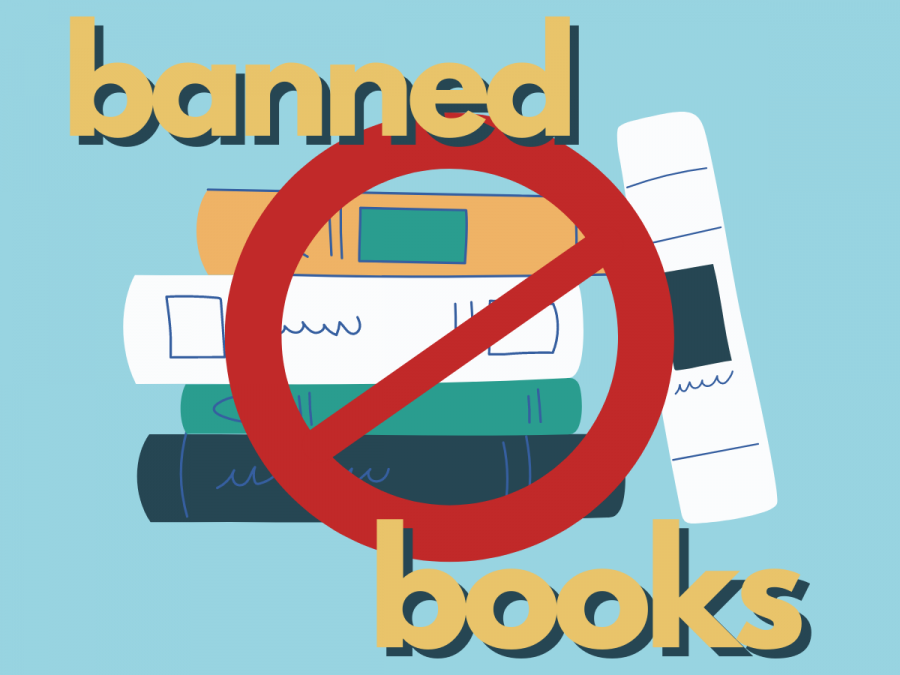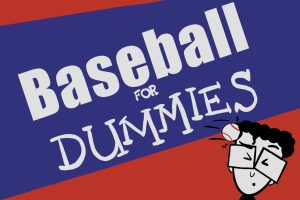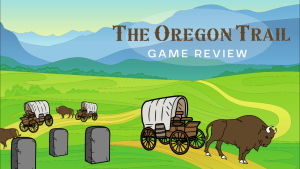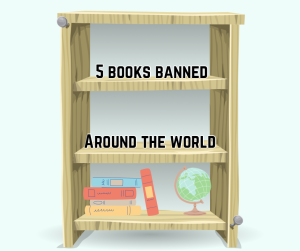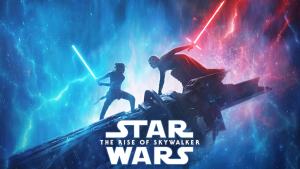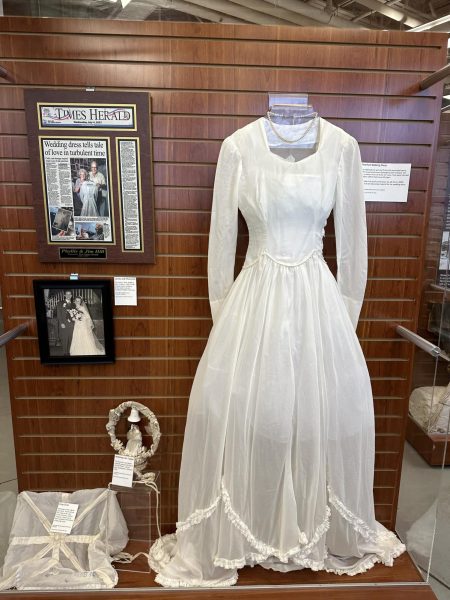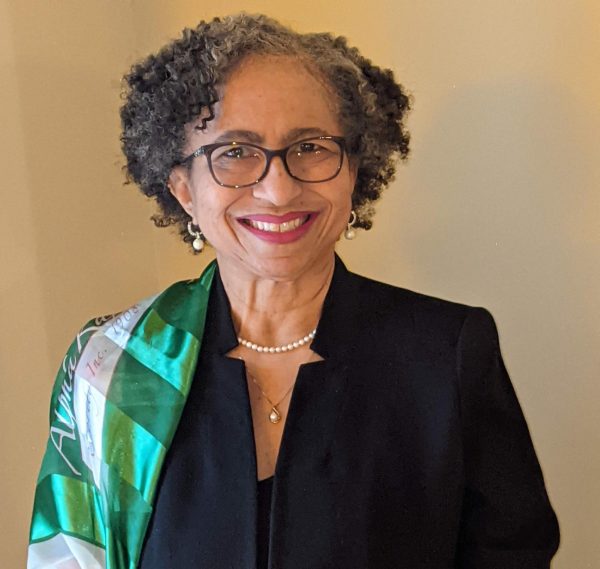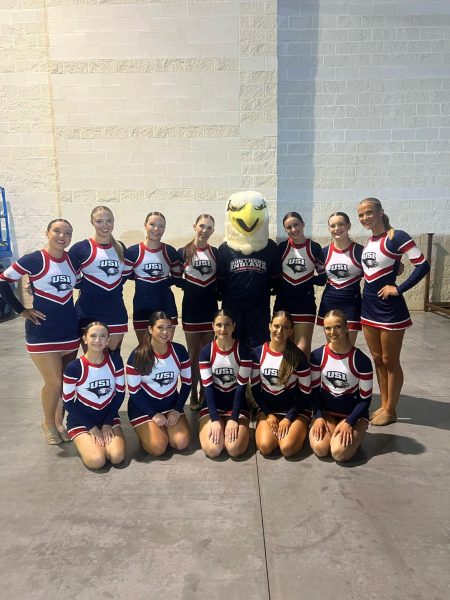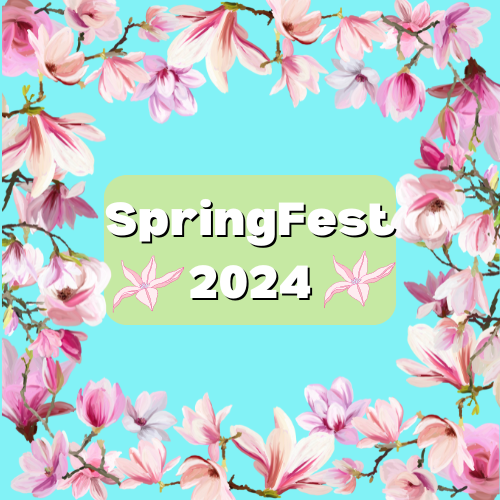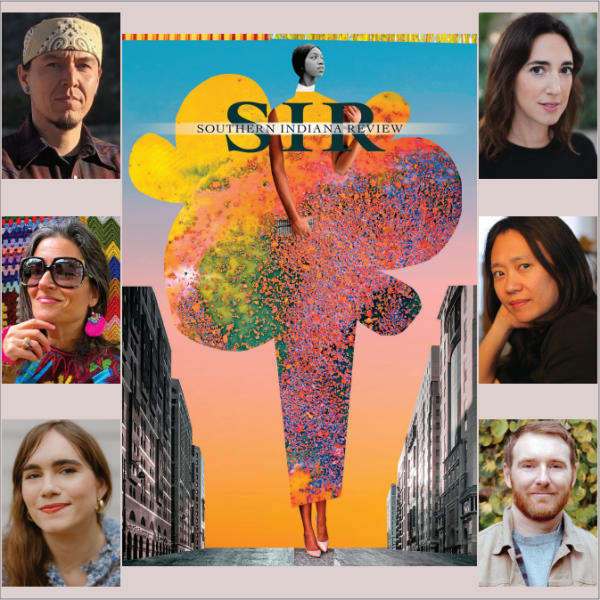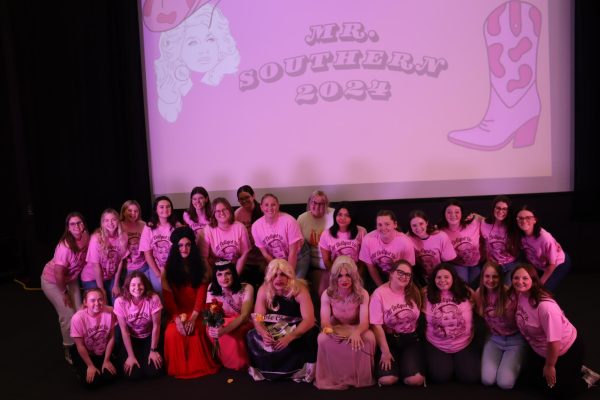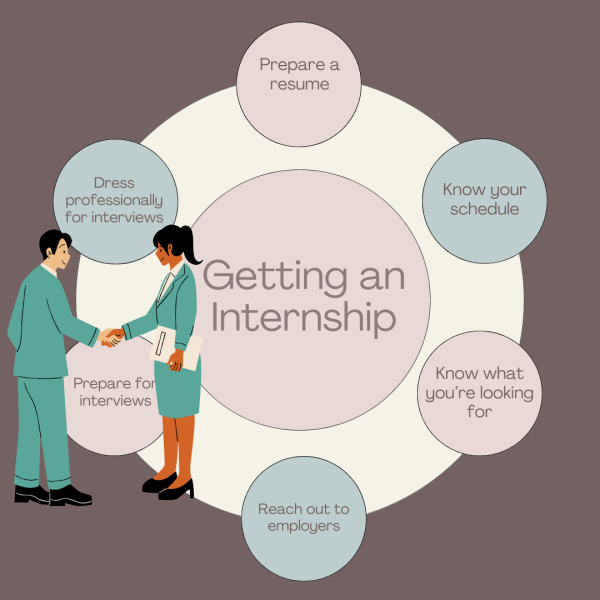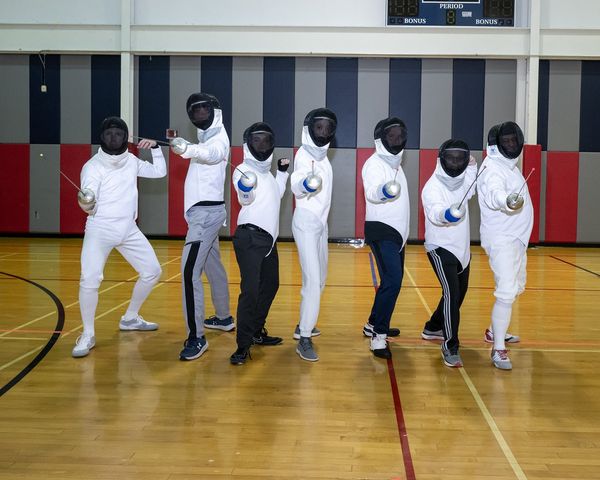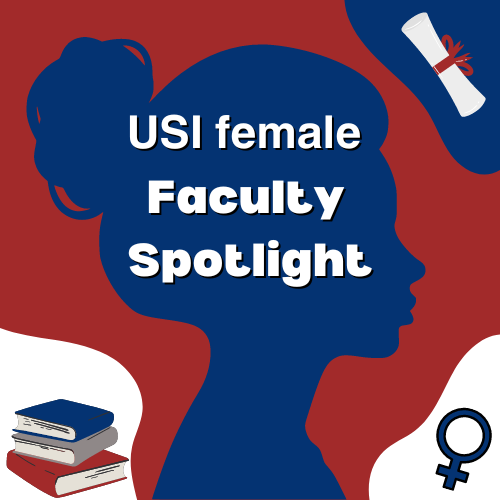Banned Book Week highlights the dangers of censorship
Banned Book Week 2021 was Sept. 26 – Oct. 2. A banned book is one that is made unavailable in libraries or stores.
October 6, 2021
Have you ever been captivated by the words of a book? Lost in a world created or reflected by the mind of an author? Has a book ever challenged your ideology?
A challenged book is one that has faced a great deal of discourse or received a proposition for a ban. A banned book is one that is made unavailable in libraries or stores including public libraries, school libraries or certain book vendors. Some books are even banned nationwide, or across an entire state.
Banned Books Week 2021 was Sept. 26 – Oct. 2. According to the American Library Association, “Banned Books Week…is an annual event celebrating the freedom to read.”
In honor of Banned Book Week 2021, the David L. Rice Library staff created displays featuring and providing infographics on banned books.
Marna Hostetler, director of David L. Rice Library, said “Banned Books Week is an opportunity for authors, librarians, publishers and book lovers to unite over a common cause – the freedom to read.”
The most common reason for banned books today, according to the American Library Association, is the inclusion of LGBTQ+ characters and issues, alongside religious values, sexual themes, racial issues, profanity and stories being deemed inappropriate for their intended age group.
Recently, several authors of beloved books have rightfully faced criticism for insensitive remarks. This has led to question whether or not books can stand alone from their authors, or if a book with a morally wrong perspective can be appreciated for its literature without condoning its content in the modern world.
In my opinion, there are little to no books that deserve to be banned.
There are no doubt books with vile, condemnable content but simply censoring or banning them ignores the issue rather than addresses it. We can use controversial literature to better understand the past and challenging, uncomfortable ideas without the danger of bringing them into the real world.
Because book banning is a modern issue, I reviewed eight banned books to show how literature of all types are censored. Reasons for these bans are in accordance with the American Library Association.
“The Perks of Being a Wallflower” by Stephen Chbosky
Reason for ban: LGBTQ+ characters, sexual content, drug and alcohol abuse, abusive relationships, abortion, suicidal themes, sexual abuse, bullying.
Synopsis: “The Perks of Being a Wallflower” is told through a series of letters written by Charlie, a high school freshman who is struggling to find his place in his school and the world. To cope with his familial issues and mental health, the aspiring writer Charlie, who aspires to be a writer, writes about the upperclassman known as “wallflowers” who teach him about the nature of the human mind and heart.
Despite the very emotionally troubling topics the book covers such as suicidal ideation and abuse, the book was strangely most widely banned across high schools for having a homosexual character. It’s a perfect example of the dangers of censoring important issues rather than addressing them.
It is important that we have conversations about the topics in the novel rather than ignoring them. This book has been a favorite of mine for many years, and I would recommend it to anyone who knows what it’s like to feel out of place in the world.
“And Tango Makes Three” by Justin Richardson
Reasons for ban: features a same-sex penguin couple.
Synopsis: This sweet children’s book follows two penguins, Roy and Silo, who couple up and do everything together. One day, a zookeeper notices that another penguin couple were unable to take care of their egg, and so he gives it to Silo and Roy. The egg hatches into baby Tango, and together the three become a family. The picture book is based on a true story of two male penguins from the Central Park Zoo.
Obviously as the only picture book on this list, I doubt many college students would be interested in reading it for leisure. However, this book is important to put on the radar for potential elementary education teachers who wish to include diverse, quality children’s literature in their classrooms.
“The Hate U Give” by Angie Thomas
Reasons for Ban: profanity, being anti-police, racial sensitivity
Synopsis: Starr lives between two worlds: the impoverished mostly black neighborhood of Garden heights and the rich white population of her private school. Thus, Starr has two identities. Her worlds shatter when her friend is killed unjustly by a cop. Starr can no longer pretend to be somebody she’s not.
“The Hate U Give” released in 2017 is the winner of the Coretta Scott King and Carnegie book awards. It addresses relevant issues including police brutality and racial injustice in an understandable way. It is one of the more popular young adult books addressing serious issues, and one I think everyone can benefit from reading.
“To Kill a Mockingbird” by Harper Lee
Reasons for ban: racism including racial slurs, strong language, violence
Synopsis: “To Kill a Mockingbird” follows a young family set in the Great Depression as they learn empathy, humanity, and how to take a stand. While their father struggles to defend a black man accused of raping a white woman, Jem and Scout are fascinated by their reclusive, mysterious neighbor.
“To Kill A Mockingbird” is the winner of multiple prizes including the Pulitzer and has been a staple for classic American literature for decades. It is one of the most popular fictional narratives of what life was like in the segregated United States as well as the oppressive nature of the judicial system and society towards black Americans.
“The Absolutely True Diary of a Part-Time Indian” by Sherman Alexie
Reasons for ban: profanity, sexuality, religious conflict, political conflict, underage drinking, unsuited to age group
Synopsis: Arnold Spirit Jr. Has spent his entire life on the Spokane Indian Reservation, surrounded by the only culture and family he’s ever known. Junior leaves the reservation school to follow his aspirations and desires to be a cartoonist at an all white school in a farm town. There, his efforts to fit in make an enormous impact on his peers and community.
I read this book many years ago on a whim and couldn’t put it down. It is humorous and emotional all at once with characters anyone would grow to love. I personally am not familiar with many other books with a perspective on modern Native American life and feel that this book is worthy of a recommendation for that element alone. It has been in the top 5 of most challenged books for eight non-consecutive years.
“Harry Potter” by J.K. Rowling
Reasons for ban: negative family relationships, witchcraft, Satanism, occult, religious conflict, violence. Recently, the series was challenged in light of transphobic statements made by the author.
Synopsis: Harry Potter is a perfectly normal boy, living a miserable life with his aunt and uncle in a small respectable town in England. He has resigned himself to his aunt and uncle’s scorn and living in his cousin’s shadow forever until he is informed that he is actually a famous wizard. Potter is invited to attend a school that will allow him to learn magic.
Harry Potter has been controversial since its release in 1997 because of its depiction of a magical world. Despite the enormous protest that the book was met with, it has become a beloved part of popular culture and one of the largest franchises of its kind.
In addition, the “Harry Potter” series has fallen subject to modern day book burning due to the author’s recent transphobic remarks. While I do not agree with supporting Rowling financially in light of her aggression towards the transgender community, the “Harry Potter” story lives in my heart.
“George” by Alex Gino
Reasons for ban: LGBTQ+ characters, LGBTQ+ themed children’s book
Synopsis: “George” features a fourth grade girl Melissa who was born a boy and known by the name George. Only Melissa knows of her true identity and is caught between the fear of being misunderstood and the desperation to be seen. A school play of Charlotte’s Web gives Melissa an idea for a plot to be seen by her school and community as the girl that she is.
This book is one of the most widely banned books in schools and has been at the top of the banned book list for several years. The writing style for “George” is simplistic, making it easier for younger children to understand but not so enthralling for adults. While I wouldn’t recommend this book to any college peers, the story is important to share with children to allow them to understand and empathize with others or themselves.
“The Tropic of Cancer” by Henry Miller
Reasons for ban: sexually explicit, vulgar language.
Synopsis: “The Tropic of Cancer” is a dramatized autobiography of Henry Miller’s life. He laments the struggles of being a writer in 1900s Paris. It follows narratives of Miller, as well as his friends and colleagues, as they seek to find a place in the world and better understand their passions.
Likely the least recognizable book on this list, the “Tropic of Cancer” stands out on lists of banned books as it caused a large-scale court proceeding, questioning what content America can label as obscene or pornographic. As a result, American censorship laws were challenged for years thereafter.
This story is definitely a tough read due to its explicit nature and extensive use of racial and sexist slurs, but if you can overlook those elements, “Tropic of Cancer” may be a worthwhile read if only for its historical significance.

